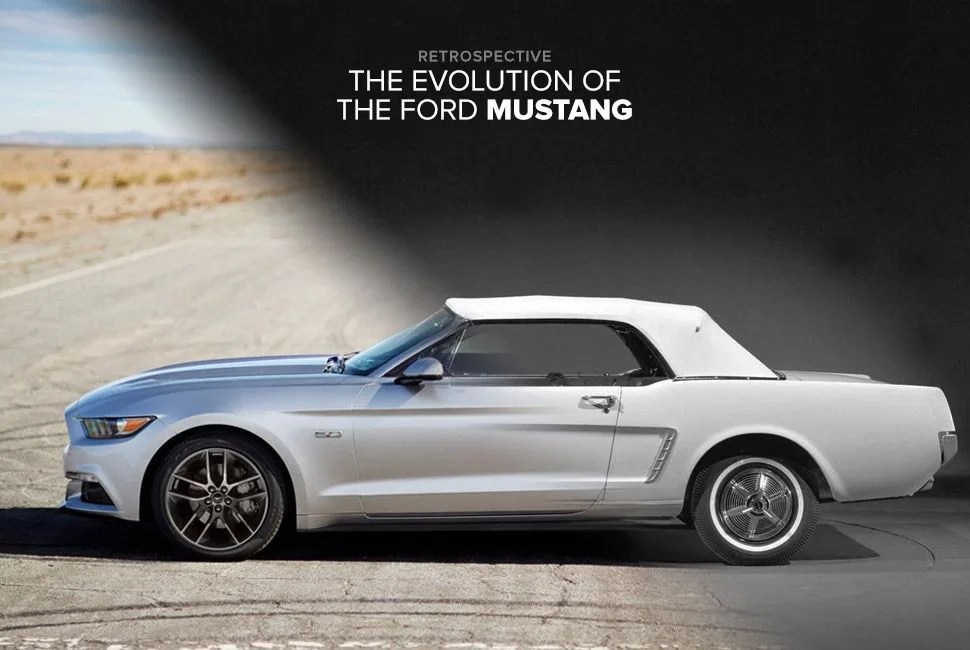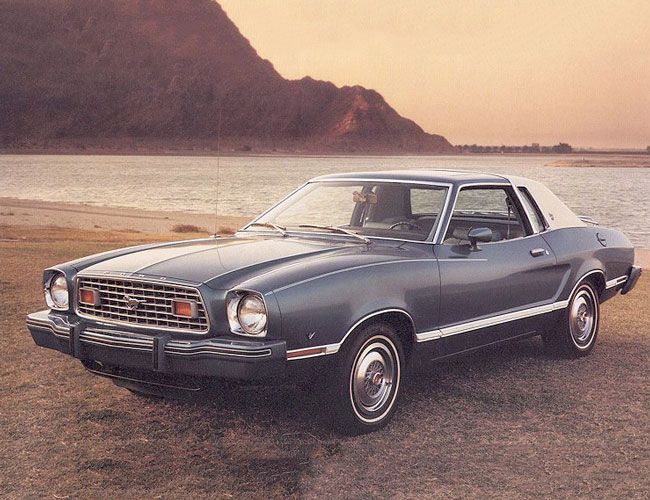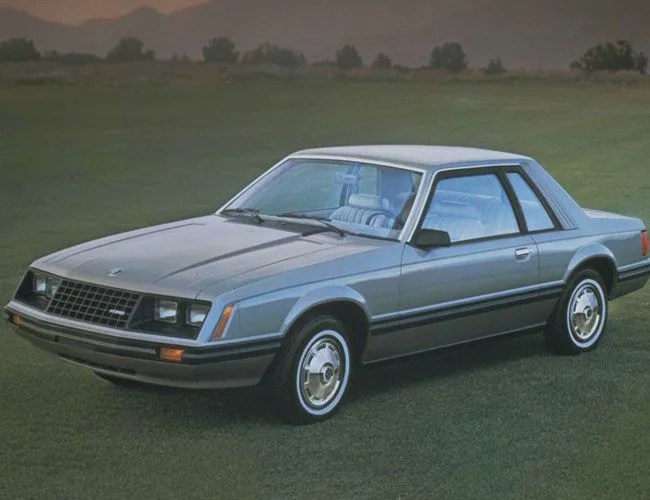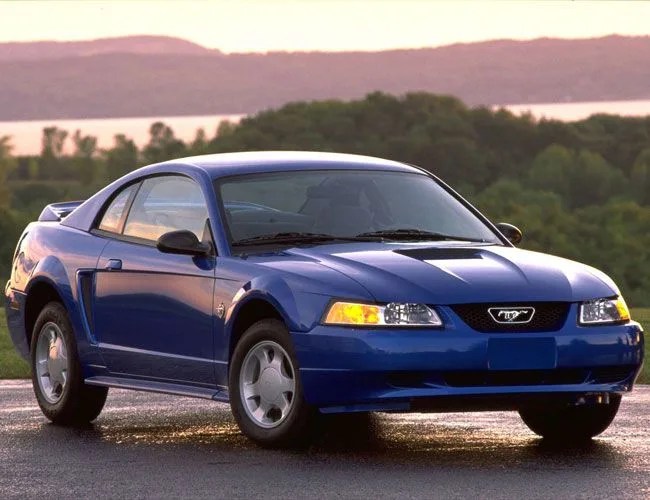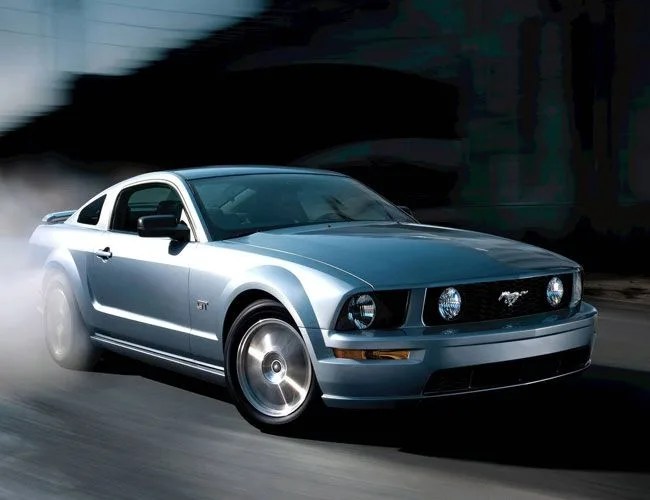No car is more widely considered an American standard than the Ford Mustang. Sure, there’s the Corvette, Camaro, Thunderbird, and GTO, but when you think of the Fourth of July Parade, which car comes to mind? That’s what we thought. It’s the original pony car that created the segment, birthed more than fifty years ago in 1964, and it gave rise to six more generations of automotive Americana. Attend a vintage American car show anywhere and you’ll no doubt find a pristine Mustang displayed proudly amongst other great domestic metal, getting just a few more affirming nods and awe-stained stares than the surrounding menagerie of beasts.
From the original car all the way to the sixth-generation version that pays direct homage to its forefathers, the Mustang simply can’t be confused for any other automobile. Here’s a look at the life of the Ford Mustang.

First Generation (1964–1973)
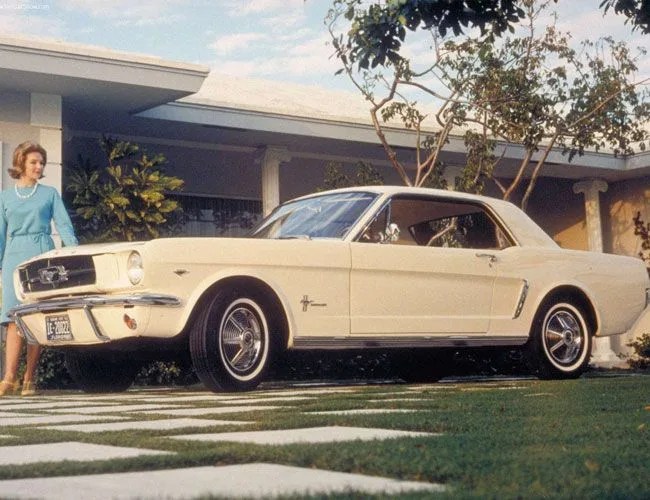
No one could’ve predicted the enormous success of the Ford Mustang. Who would’ve thought that cost-cutting measures like using Ford Fairlane and Falcon componentry would result in a such a bold new car? Ford completely crushed the 100,000 model sales projection for its first year, instead selling nearly half a million in that same time period. The base Mustang in 1964 delivered 105 hp and 156 lb-ft of torque via its inline-6 engine; the first generation car’s power maxed out in the bonkers 1969-1970 Boss 429 with 375 hp and 450 lb-ft. The 429 was just one of the performance models that made the Mustang even more popular. The Mach 1 and the Boss 302 also made a reputation for themselves, and will live on forever in the annals of street racing. Unfortunately, the Mustang got bigger and heavier as its run went on, diluting some of the purity of the original car. The double headlight setup migrated to quads and then back again, and the body grew in length and width. Though the car got a bit bloated in the late ’60s and early ’70s, it’s this first generation car that cements the Mustang’s identity in the automotive pantheon.
